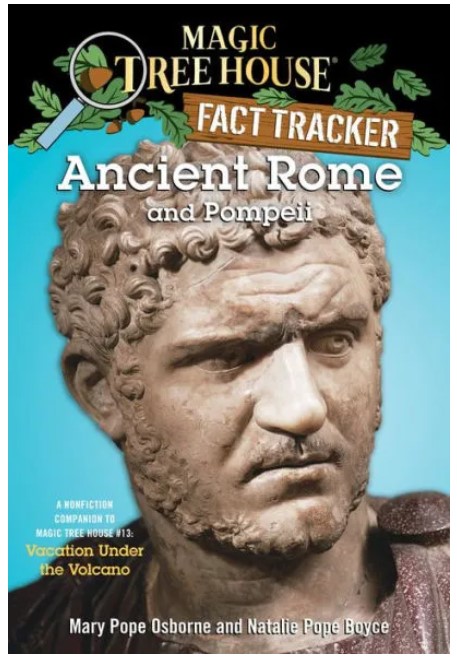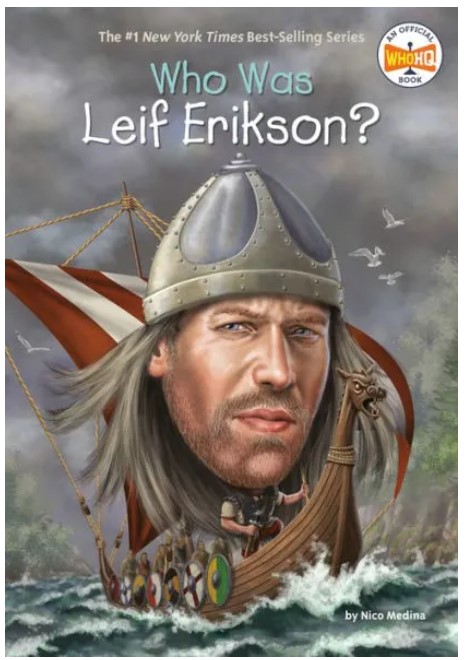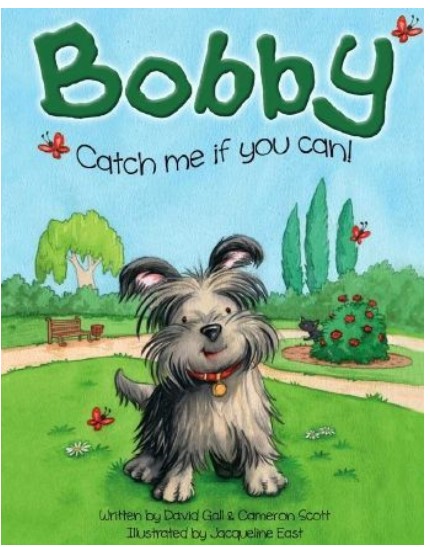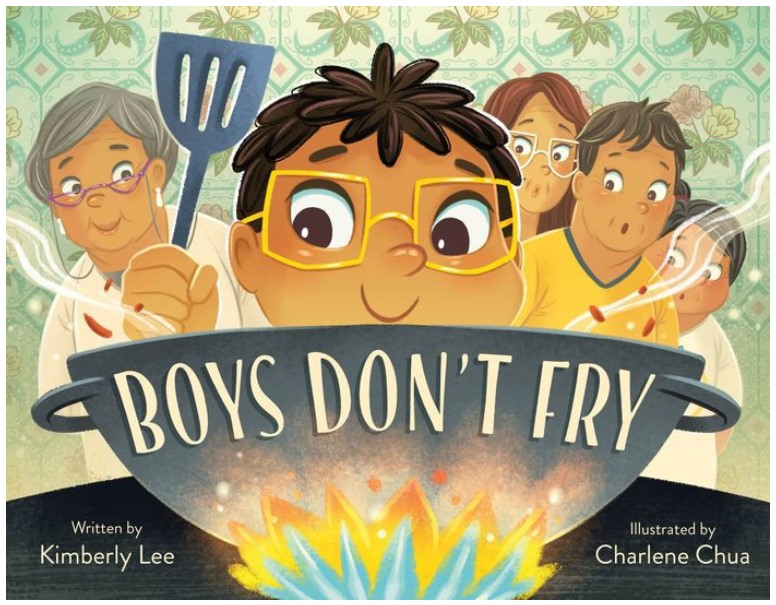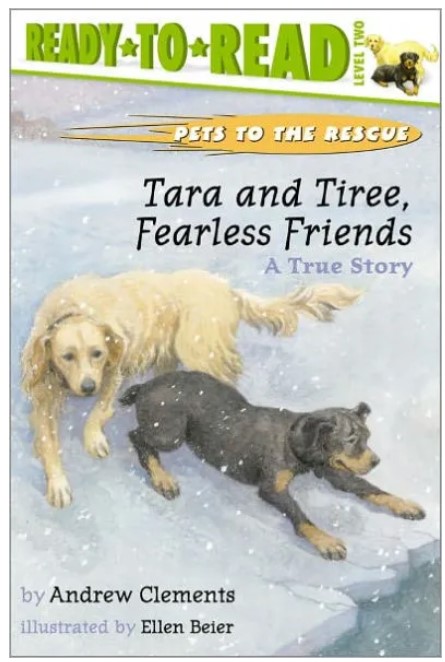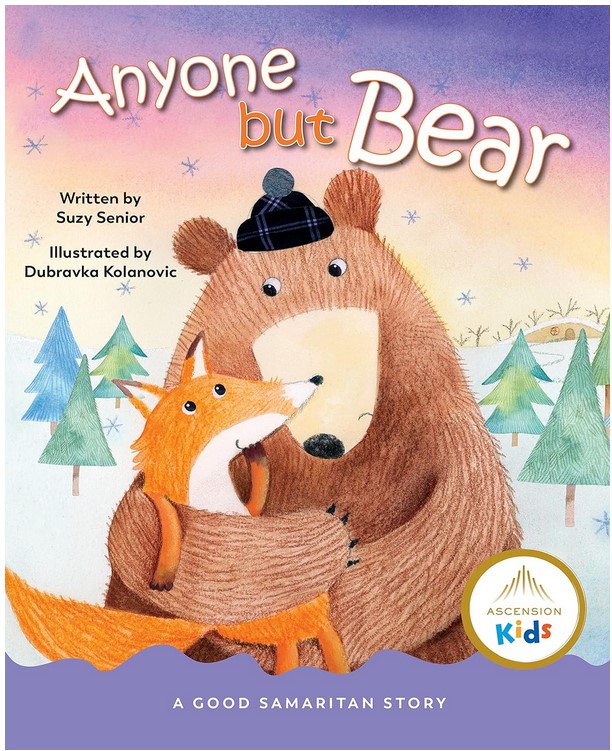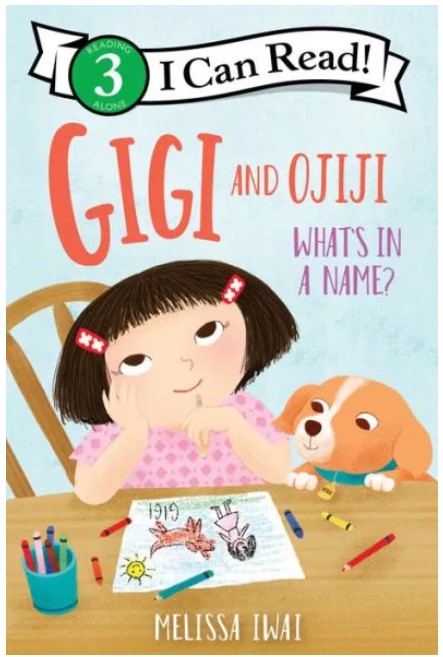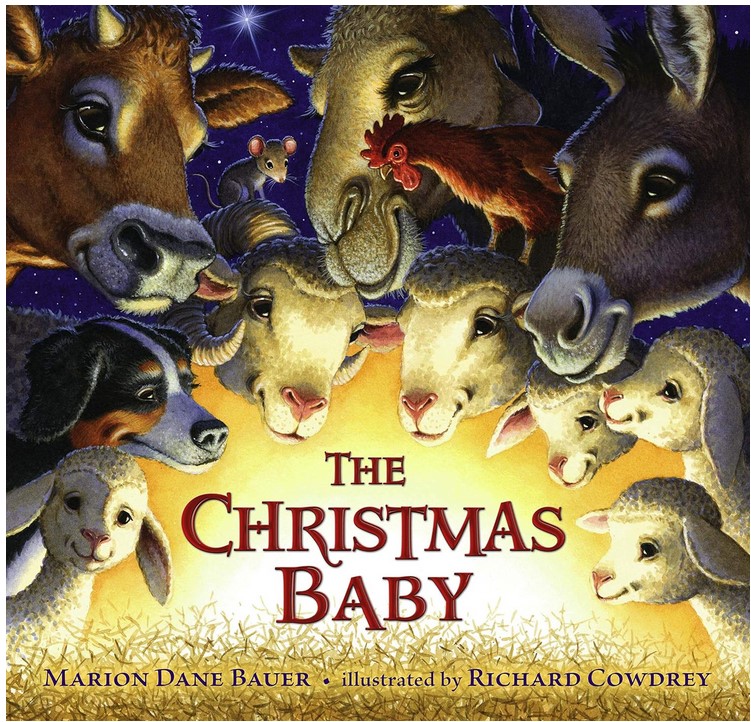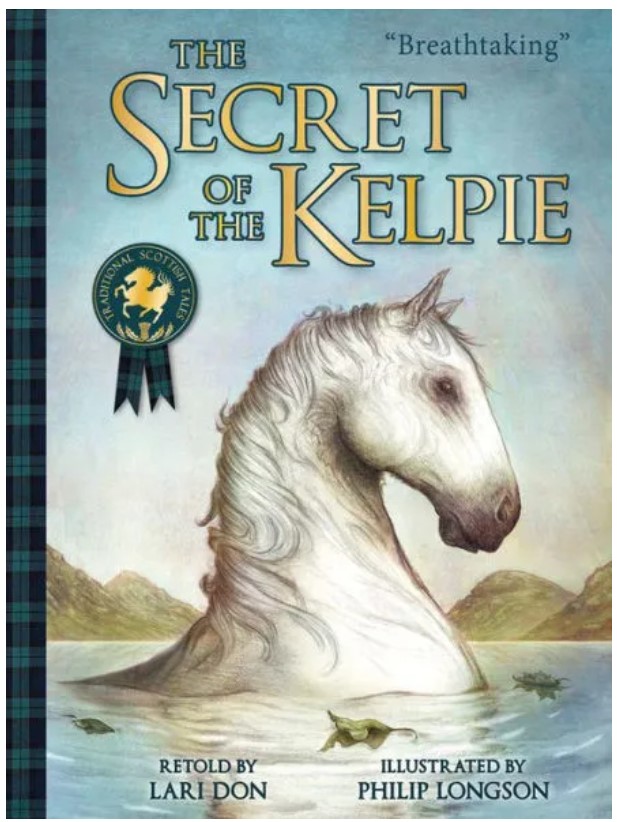Geronimo’s nephew Benjamin struggles to learn Roman history. To spark Benjamin’s interest in history, Geronimo decides to take him to Rome. Once there, they discover that the Colosseum is being haunted by a gladiator ghost and none of the tourists want to visit anymore! Geronimo must solve the mystery and rid the site of its ghost.
The end of the book contains a bonus mini mystery: The Cheese Burglar. Geronimo invites readers to solve the mystery by using clearly defined clues. Can Geronimo clear his name and catch the real thief before it’s too late?
Geronimo’s hunt for the Colosseum Ghost includes humorous chases, surprises, and appearances from Geronimo’s acquaintances. While much of the action occurs in Rome, the story focuses more on Geronimo’s hunt for the ghost than on Roman history or culture. Even though the purpose of the trip is to teach Benjamin, his role is limited; instead, Geronimo’s secret agent role becomes the focus.
Each Geronimo Stilton book begins with Geronimo introducing himself and any characters that have appeared in previous books. For example, Creepella sends a letter to Geronimo, sprayed with “Ratell No. 5, my friend Creepella von Cacklefur’s favorite perfume! One thing you should know is that Creepella tells everyone she is my girlfriend, but it’s not true.”
Readers familiar with Geronimo Stilton and his background will enjoy seeing the reappearance of many characters. Unfortunately, The Hunt of the Colosseum Ghost’s large cast list and jumpy plot make the story hard to follow. The story’s flow is also broken up with many inserts that explain Geronimo’s past interaction with other characters, as well as information about Geronimo being a secret agent. The book includes several infographics that give readers more information about Rome’s history, including some of its historic places. Since Geronimo talks about his love of pizza, the book includes directions for making a three-vegetable pizza.
The Hunt of the Colosseum Ghost will appeal to a wide range of readers because Geronimo describes his adventure with humor. Plus, each page has a large, full-color illustration. In addition to the often humorous illustrations, the large text has a graphic element that makes the words look fun, and some keywords are printed in a larger, colored print.
The Geronimo Stilton Series will capture readers’ attention because Geronimo is a likable protagonist who shows bravery although he often feels fear. His entertaining adventures often leave the reader with a nugget of wisdom. In The Hunt of the Colosseum Ghost, Geronimo says, “I thought for a moment about how satisfying it is to share with those we love, whether it’s a special pizza or a love of knowledge. The warm feelings I get inside from helping others are even better than a slice of Mouse Island’s finest cheese!” Readers who love Geronimo Stilton can find more humorous adventures in the Zeus The Mighty Series by Crispin Boyer.
Sexual Content
- None
Violence
- When Geronimo goes into the Colosseum, a ghost appears holding a sword. The ghost says, “You will regret taking on the gladiator ghost!” When Geronimo sees him, “I took off as quickly as the wind. You have no idea how fast I can run when I’m being chased by the ghost of a Roman gladiator!”
- Geronimo goes into the sewer underneath the Colosseum and discovers a room full of “enormouse spiders!. . .They scampered around while glaring menacingly at me with their beady little eyes.” Geronimo runs as the spiders chase him. “Ahead of me, I saw a small opening in the wall. Desperately, I tried to wiggle my body through it, but my tail got caught. Unfortunately, the spider took advantage of the opportunity and pinched me on the butt.” Geronimo escapes the spiders.
- Geronimo and his friends hide so they can watch the gladiator ghost. “Suddenly, the gladiator ghost waved his sword so violently it grazed my helmet and sheared off my whiskers!”
- The gladiator hears Geronimo’s squeak and gives chase. Geronimo tries several tricks to try to trap the gladiator. As he runs, the Colosseum’s crowd yells, “Get them! Get them!”
- At one point, a lion comes into the Colosseum. Geronimo “didn’t want to become lion food. . . The lion had raised its paw and was about to strike. I prepared for the collision, covering my snout with my paws, but . . . nothing happened.” Geronimo discovers that the lion and crowd are holographic projections. But the ghost was a robot. “I smashed into the robot so hard; it broke into pieces. . . it powered down completely and lay motionless on the ground like a mound of scrap metal.”
Drugs and Alcohol
- None
Language
- Geronimo uses many exclamations, such as squeak, holey cheese, moldy mozzarella, twisted rattails, and other silly words.
Supernatural
- None
Spiritual Content
- None




